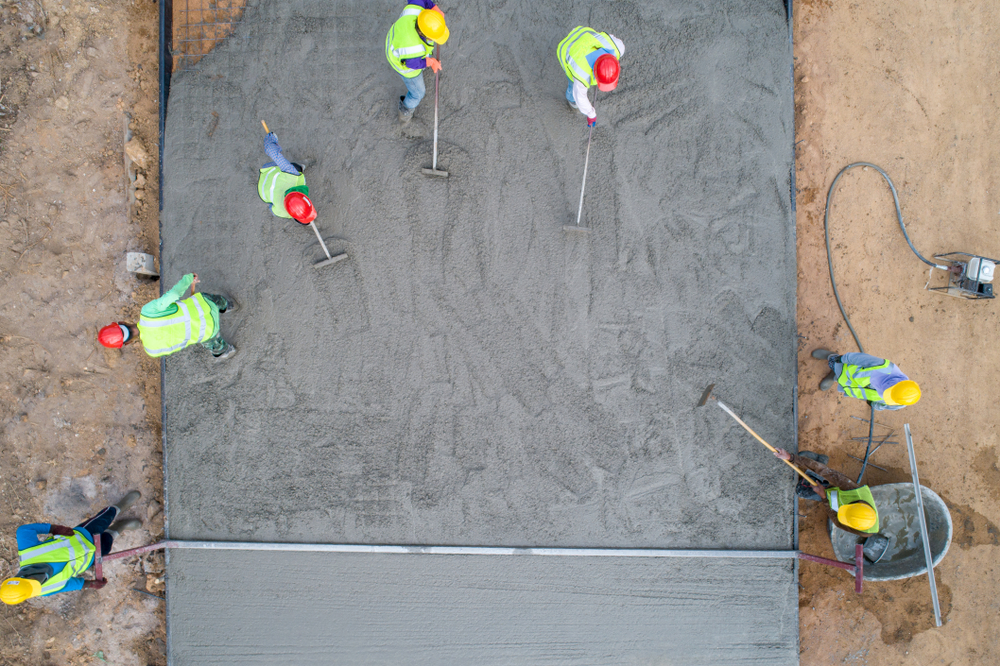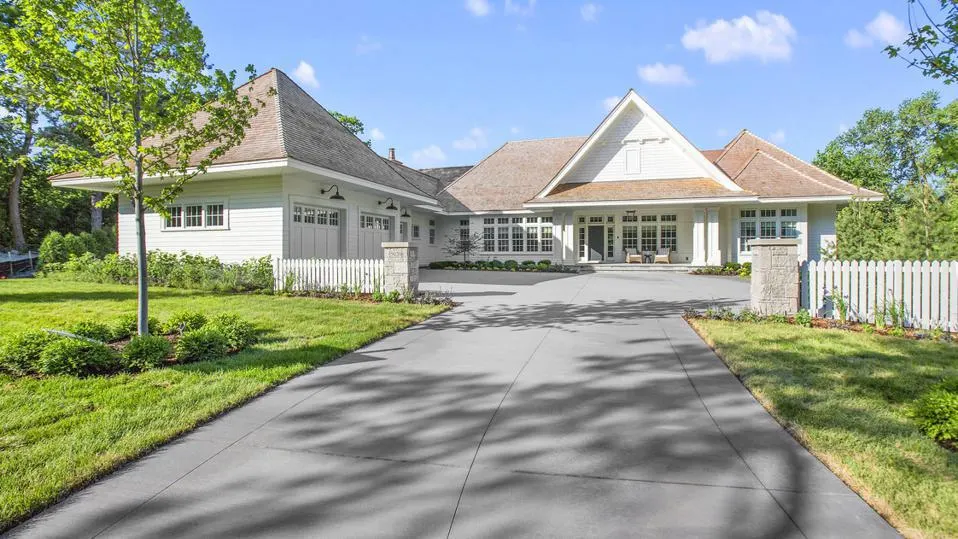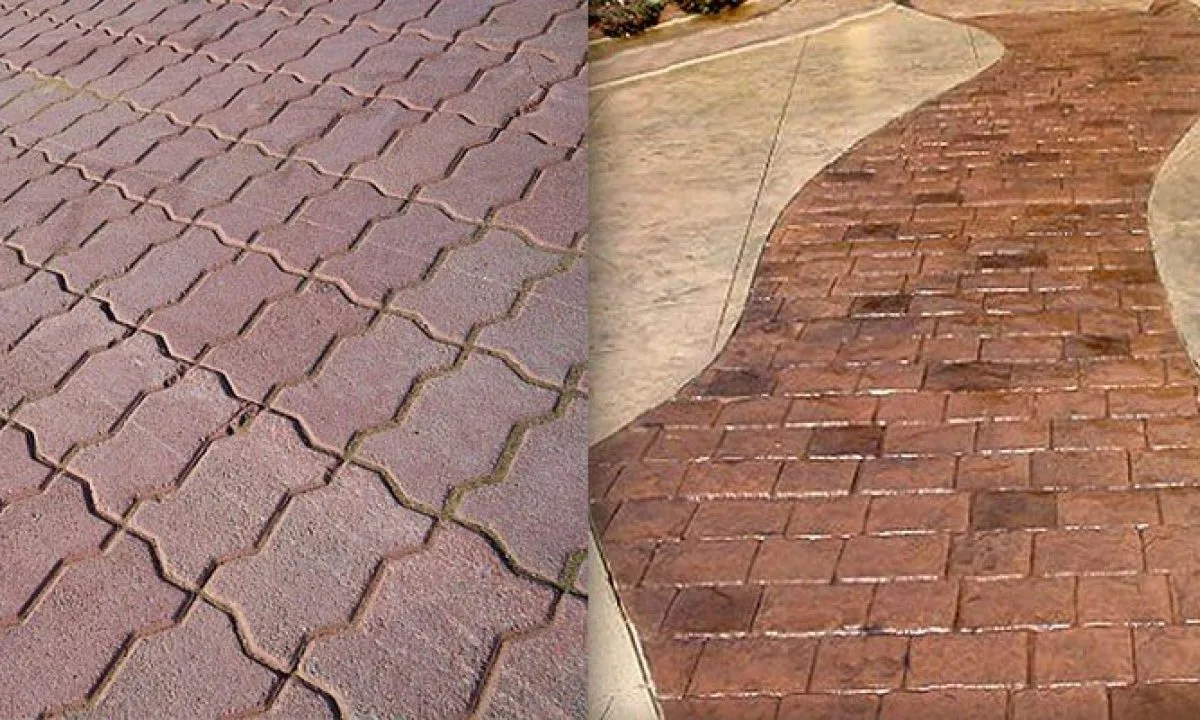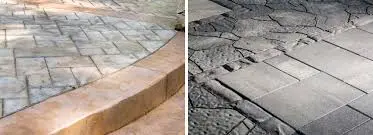Uncovering the Latest Trends in Concrete Services: A Guide for Today's Builders
Introduction
Salutations and welcome to our comprehensive overview of the most recent advancements in concrete services! As the building industry changes constantly, builders must stay abreast of concrete technology and procedures advancements. This guide will examine the cutting-edge innovations transforming the concrete industry for the benefit of builders, contractors, and other industry specialists in the construction sector.
Concrete is foundational in modern construction, supporting infrastructure, buildings, and countless other structures. Understanding the latest trends in concrete services is crucial for ensuring projects are durable and resilient but also sustainable and cost-effective.
The concrete industry has recently witnessed a surge in technological advancements to enhance performance, sustainability, and aesthetics. Builders can now access diverse options to meet their project needs, from novel concrete mixtures to innovative construction techniques.
Moreover, sustainability has emerged as a critical focus area in concrete services, with adopting eco-friendly materials and practices gaining momentum. Builders are increasingly exploring alternatives such as recycled aggregates, fly ash, and carbon capture technologies to minimize environmental impact without compromising structural integrity.
Keep up with these trends so that builders may make well-informed decisions that maximize project outcomes while lowering expenses and environmental impact. Whether starting from scratch or remodeling an old building, this guide will provide you with the skills and understanding you need to negotiate the ever-changing world of concrete services successfully.
The Crucial Role of Concrete Services in Modern Construction
Concrete services are pivotal in modern construction projects, serving as the cornerstone for building sturdy, durable, and long-lasting structures. Due to its versatility and strength, concrete is the go-to material for constructing a wide range of infrastructure, from towering skyscrapers to intricate roadways.
Concrete's extraordinary durability is one of the main factors contributing to its widespread use. Concrete constructions are perfect for residential and commercial building projects because they can endure severe weather, oversized loads, and the test of time. Concrete offers the stability and durability required for a building to maintain structural integrity, be it a high-rise structure or a bare sidewalk.
Moreover, concrete services offer unparalleled flexibility in design and construction. With advancements in concrete technology, builders can create custom mixtures tailored to specific project requirements, allowing for greater creativity and innovation in architectural design. From smooth finishes to textured surfaces, concrete can be molded and shaped to achieve a wide range of aesthetic effects, enhancing the visual appeal of any structure.
Concrete is a sustainable, adaptable, and long-lasting building material. It can be made from recycled materials and aggregates obtained locally, lowering the carbon footprint of building projects. In addition, concrete constructions require less upkeep over time, which lowers their long-term costs and environmental impact.
Concrete services are required to construct long-lasting, aesthetically pleasing, and durable structures. By making informed decisions based on their grasp of the significance of concrete in modern buildings, builders may optimize project outcomes while minimizing environmental effects.

Exploring Exciting Innovations
Concrete technologies are evolving rapidly, ushering in a new era of innovation and possibility in the construction industry. These emerging trends, from enhanced durability to eco-friendly practices, reshape how we build and design structures.
One of the most notable trends in concrete technology is the development of high-performance concrete mixtures. These advanced formulations incorporate additives and admixtures that improve strength, durability, and workability, allowing for taller, more resilient buildings and infrastructure construction. Builders now have access to concrete that can withstand extreme weather conditions, seismic activity, and other environmental challenges, ensuring the longevity of their projects.
Another exciting trend is the rise of sustainable concrete practices. As environmental concerns become increasingly prominent, builders are turning to eco-friendly alternatives such as recycled aggregates, fly ash, and slag to reduce the carbon footprint of construction projects. Additionally, innovations in carbon capture and utilization technologies enable the production of low-carbon concrete, further mitigating the environmental impact of the concrete output.
Digital technologies are also transforming the design and construction of concrete structures. By using Building Information Modeling (BIM) software, engineers and architects can collaborate more efficiently and expedite the construction process by producing intricate 3D models of concrete components. Additionally, advanced sensors and monitoring systems are being used to assess the performance of concrete structures in real time, ensuring safety and reliability throughout their lifespan.
Longevity, eco-friendliness, and productivity in the building sector. These advancements allow builders to design and construct strong, long-lasting, economical, and ecologically responsible structures. Please keep checking back as we examine the fascinating advancements influencing concrete services in the future.
Sustainable Practices in Concrete Construction
Sustainability is becoming increasingly crucial in the construction industry, and concrete construction is no exception. Builders can minimize environmental impact by adopting sustainable practices while creating resilient and long-lasting structures.
Using recycled materials in concrete construction is one of the most significant ecological measures. By replacing traditional aggregates in concrete mixtures with recycled materials like crushed concrete and asphalt, recycled aggregates can reduce the demand for virgin resources and divert trash from landfills. Furthermore, concrete compositions can be strengthened and made more durable by adding fly ash, a byproduct of burning coal, which also lowers carbon emissions.
Furthermore, optimizing the mix design of concrete can significantly improve its sustainability. By carefully selecting cementitious materials and adjusting the proportions of aggregates and admixtures, builders can create concrete that requires less energy and emits fewer greenhouse gases. Additionally, using locally sourced materials reduces transportation emissions and supports the local economy.
Another sustainable concrete construction technique is designing with endurance and durability in mind. By using high-quality materials and construction techniques, builders can create structures with a longer lifespan and fewer maintenance requirements, reducing the need for frequent repairs and replacements.
Moreover, alternative cementitious materials, such as slag and silica fume, offer sustainable alternatives to traditional Portland cement. These materials have lower carbon footprints and can improve the performance of concrete in various applications.
By embracing recycled materials, optimizing mix designs, and prioritizing longevity, builders can contribute to a more sustainable future while delivering high-quality projects.
Concrete Design and Finishing Trends
Innovations in concrete design and finishing are revolutionizing the aesthetic appeal of structures, offering builders a diverse range of options to enhance visual appeal and create unique architectural masterpieces.
One of the most intriguing developments is the use of ornate concrete finishes. Thanks to advances in stamping, staining, and polishing techniques, concrete can now mimic the look and texture of natural materials like stone, wood, and even marble. Because of its versatility, builders can create distinctive patterns and textures that add personality and beauty to indoor and outdoor spaces.
Additionally, 3D printing technology is pushing the boundaries of concrete design, enabling the creation of intricate and geometrically complex structures that were once thought impossible. 3D-printed concrete opens possibilities for innovative and sustainable design solutions, from facades to furniture.
Moreover, integrating innovative technology is transforming how we interact with concrete surfaces. Self-healing concrete, embedded with microorganisms or capsules containing healing agents, can repair cracks and damage autonomously, ensuring the longevity and durability of structures. Furthermore, luminous concrete, infused with photoluminescent particles, illuminates pathways and surfaces at night, enhancing safety and visibility in low-light conditions.
Furthermore, sustainable design principles are driving innovations in concrete finishing. Builders are exploring eco-friendly alternatives such as previous concrete, which allows water to infiltrate the surface and recharge groundwater, reducing stormwater runoff and mitigating flooding.
Enhancing Durability and Longevity in Concrete Structures
Ensure the lifespan and durability of concrete structures to maintain their long-term performance and safety. Builders can increase the durability and lifespan of concrete structures by employing creative methods and intelligent approaches.
One key strategy for enhancing durability is proper concrete mix design. By carefully selecting materials and proportions, builders can create concrete with optimal strength and resistance to environmental factors such as freeze-thaw cycles, chemical exposure, and abrasion. Additionally, incorporating additives such as silica fume or fly ash can improve durability and reduce the risk of cracking and deterioration over time.
Moreover, reinforcing concrete structures with steel or fiber can significantly enhance their strength and resilience. Reinforcement helps distribute loads more evenly throughout the structure, minimizing the risk of structural failure and extending the lifespan of the concrete elements.
In addition, proactive upkeep and repairs are essential to maintaining the structural integrity of concrete buildings. By conducting routine inspections, builders can find and fix minor faults before they become more prominent. Furthermore, prompt maintenance can extend the structure's life by preventing corrosion and water infiltration through joint sealing and crack patching.
Innovative technologies such as self-healing concrete are also emerging as promising solutions for enhancing durability. Self-healing concrete contains microorganisms or encapsulated healing agents that can repair cracks and damage autonomously, reducing the need for costly and disruptive repairs.
Overcoming Obstacles
One common challenge in concrete services is the potential for cracking and shrinkage. Concrete can shrink as it cures, forming cracks that compromise structural integrity and aesthetics. To address this issue, builders can use techniques such as proper curing, control joints, and the addition of shrinkage-reducing admixtures to minimize cracking and ensure a smoother finish.
The effects of concrete production on the environment present another difficulty. Cement production is an energy-intensive operation that accounts for many of the cement industry's greenhouse gas emissions. Builders can investigate substitutes such as recycled aggregates, low-carbon concrete mixes, and environmentally friendly building techniques to lessen the environmental impact and encourage environmental stewardship.
Logistical challenges such as transportation and scheduling can impact the efficiency and cost-effectiveness of concrete services. Delays in material delivery or inclement weather conditions can disrupt construction timelines and lead to project delays and increased costs. Effective project management and stakeholder communication are essential for addressing these challenges and minimizing their impact on project outcomes.
Conclusion
In conclusion, examining the most recent innovations in concrete services has illuminated the fascinating trends influencing the future of the building sector. The concrete business is changing to meet the opportunities and difficulties of the twenty-first century, from cutting-edge technologies to environmentally friendly procedures.
To guarantee the success and sustainability of our projects, it is imperative that we, as builders, contractors, and construction professionals, be aware of and adjust to current trends. By embracing innovations in concrete design, building, and finishing, we can build strong, long-lasting, visually beautiful, and ecologically benign structures.
Furthermore, there is a ton of room for innovation and expansion in the concrete sector in the future. Thanks to continuous improvements in sustainability, digitization, and intelligent infrastructure, we have the chance to create a constructed environment that is functional and sustainable, serving the needs of both the present and the future.
Cooperation and information exchange will be essential to realizing concrete services' full potential as we advance. Through collaborative efforts, embracing innovation, and ongoing enhancement, we may surmount obstacles, grasp prospects, and construct a more promising future for our localities.
In closing, I encourage you to continue exploring and implementing the latest trends in concrete services in your projects.




